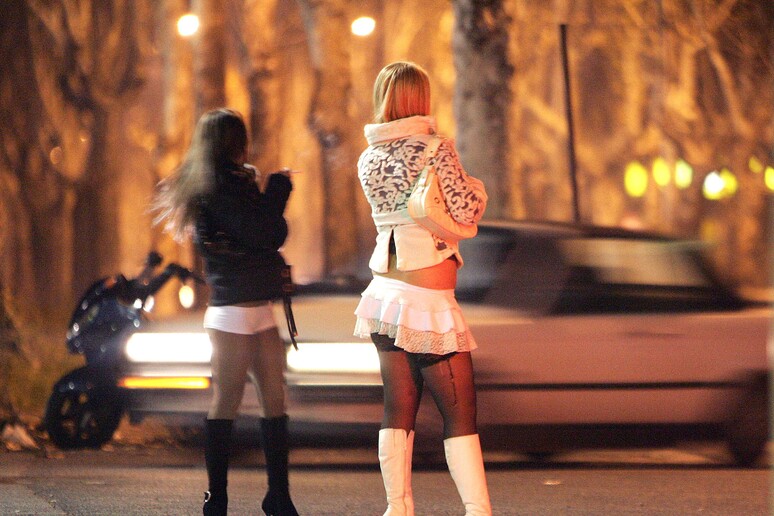
WEIGHT: 50 kg
Breast: Medium
One HOUR:80$
Overnight: +80$
Services: Golden shower (out), Lapdancing, Naturism/Nudism, Travel Companion, Sub Games
I had not yet visited this large Augustinian church just north of the Piazza Navona and it was high on my list. Even though I kind of got lost on the way, I still managed to accomplished my mission. The church has interesting works of arts by Raphael, Caravaggio, Andrea and Jacopo Sansovino, which I will discuss below. The church is attached to a monastery administered by Augustinian friars and founded in The friars first used an old parish church in the vicinity as their conventual church, but began construction of a church of their own in , during the pontificate of Pope Bonifatius VIII Construction took exactly years: the new church was consecrated in But that was not the end of the story: apparently the recently finished church was considered too small, and it was rebuilt on a much larger scale between and The design of the church facade is attributed to Leon Battista Alberti One may indeed notice similarities between this facade and that of the Santa Maria Novella in Florence, also partly designed by Alberti.
The rather striking scrolls or volutes in the corners were reportedly added much later, during an eighteenth century intervention by Luigi Vanvitelli The facade is relatively simple, but there is an interesting story — possibly true — that the travertine required to build it was taken from the Colosseum. Much of the church interior we see today dates from the nineteenth century, when a drastic restoration was carried out during the pontificate of Pope Pius IX The nave pillars were encased in marble and the church was provided with a new floor as well.

So what are those reasons? I can mention quite a few. It was painted in for Johannes Goritz ca. According to a rather humorous story, the painter charged Goritz fifty scudi for the fresco, which the latter considered extortion. Whether the story is true or not is not that relevant. I am by no means a specialist in this field, but I know of no other uses of this term. For some reason, Johannes Goritz was especially devoted to Saint Anne. It can be found near the church entrance and is known as the Madonna del Parto or Madonna of Childbirth.
This statue is the work of Jacopo Sansovino , who was not related to the aforementioned Andrea Sansovino he was, however, his apprentice for a while and took his name. There is a rather plausible theory that the sculptor based the head of the Madonna on that of a statue from Antiquity. This was a presumably a statue of Juno, the goddess who was closely associated with childbirth.

The theory that Sansovino re-sculpted a statue of Agrippina the Younger holding young Nero is rather silly. It is the second painting which makes this church worth a visit. The Madonna dei Pellegrini is not a fresco, but an oil painting on panel. It was executed between and and depicts a barefooted Madonna with an exceptionally large Christ-Child and two pilgrims hence the name. The work caused quite a stir for two reasons. They were even buried here, had their own funerary monuments and some even had their own chapels.

































